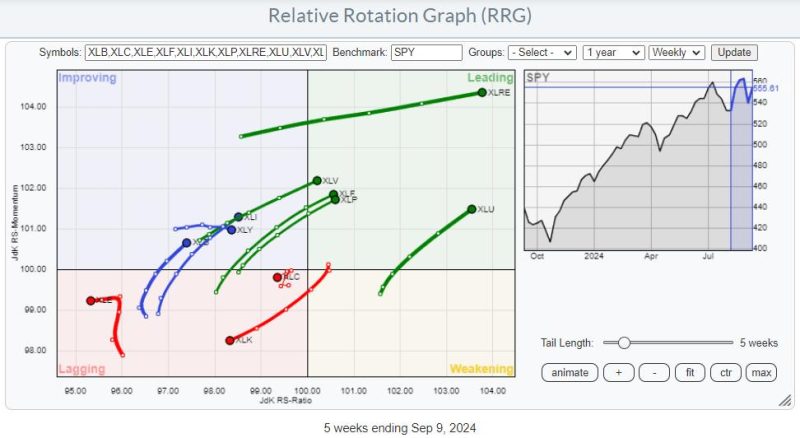The recent occurrences in the consumer staples market have sparked discussions and concerns among investors and analysts alike. The emergence of a déjà vu in this sector has inadvertently sent a strong warning signal to those closely monitoring the market trends.
The consumer staples industry has long been perceived as a steady and reliable sector, characterized by companies that provide essential products such as food, beverages, and household goods. Its stable performance, even during economic downturns, has attracted many investors seeking dependable returns over time.
However, the echo of a past event is now resonating in the consumer staples sector, raising red flags for market participants. This phenomenon of déjà vu is not a mere coincidence but rather a reflection of underlying issues that warrant attention.
One of the primary factors contributing to this sense of déjà vu in the consumer staples market is the increasing competition from disruptive forces. The rise of e-commerce giants and direct-to-consumer brands has disrupted traditional retail channels, challenging established consumer staples companies to adapt or risk losing market share.
In addition to competitive pressures, changing consumer preferences and behaviors are reshaping the landscape of the consumer staples sector. The demand for healthier and organic products, as well as a shift towards sustainable and ethical consumption, is forcing companies to reevaluate their product offerings and business models to meet evolving consumer needs.
Furthermore, the ongoing impact of supply chain disruptions and inflationary pressures is adding to the challenges faced by consumer staples companies. Rising commodity prices, transportation costs, and labor shortages are squeezing profit margins and putting additional strain on already tight operational efficiencies.
The parallels between the current state of the consumer staples sector and past episodes of market turbulence are becoming increasingly apparent. The warning signal embedded in this déjà vu moment serves as a reminder for investors to exercise caution and remain vigilant in their investment decisions.
To navigate these uncertain waters, consumer staples companies must prioritize innovation, agility, and customer-centric strategies to stay resilient in the face of mounting competition and market dynamics. Embracing digital transformation, diversifying product portfolios, and enhancing supply chain resilience will be critical in positioning companies for long-term success.
In conclusion, the déjà vu in the consumer staples sector serves as a wake-up call for both companies and investors to adapt to the evolving market environment and proactively address challenges to secure sustainable growth and profitability. By heeding this warning signal and taking strategic actions, the consumer staples industry can overcome obstacles and emerge stronger in the face of adversity.




























